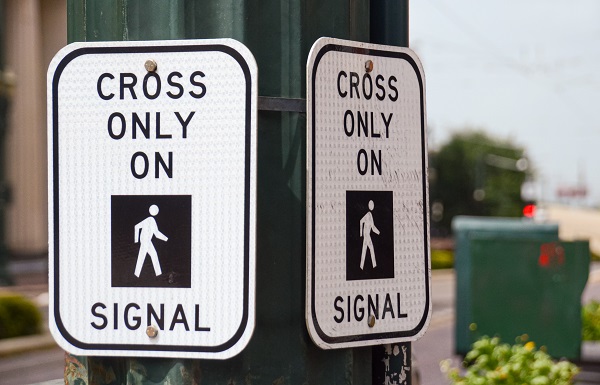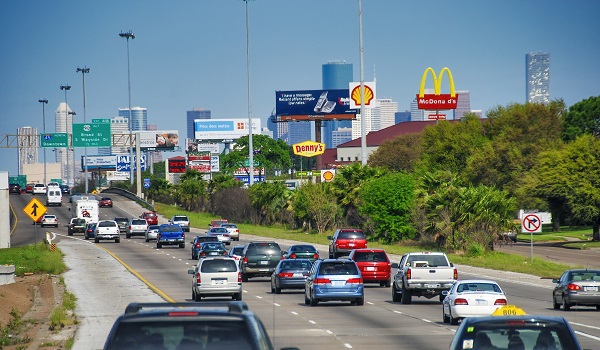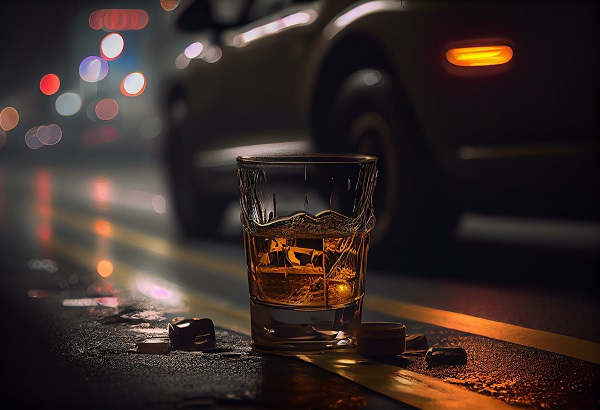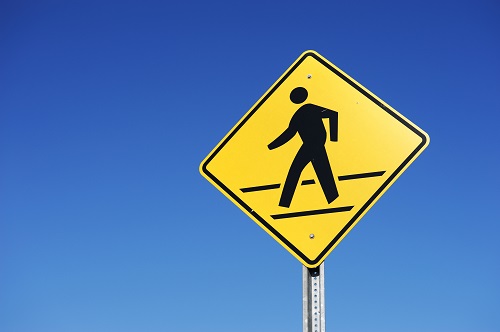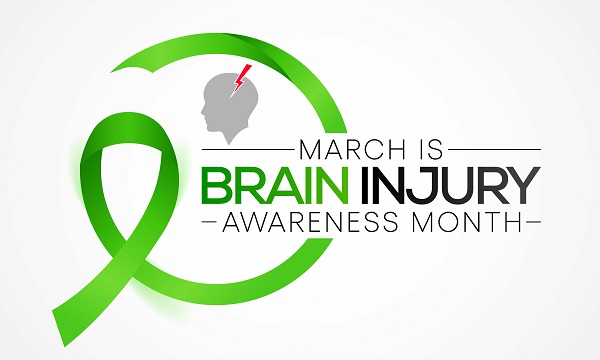Texas Approves $345 Million for Pedestrian and Bike Safety
The Texas Department of Transportation (TxDOT) recently approved $345 million worth of projects, including bicycle paths and pedestrian walkways, designed to make the state safer for everyone and reduce the number of bicycle and pedestrian accidents in Texas.
“This is a major investment in communities across the state that will help make it safer and easier to get around on foot or a bike,” Texas Transportation Commissioner Robert “Robie” Vaughn said in a statement recently released by TxDOT. “This optionality supports safety, active lifestyles, health and wellness, and can provide alternatives to traveling by vehicle.”
Pedestrian and bicycle projects in Houston, Texas
The $345 million will be spent on 83 projects throughout the state. According to TxDOT officials, “These projects will help improve safety for people walking, biking, or using wheelchairs, including 24 projects that will go in areas with a high pedestrian crash history.”
In the Houston area, such bicycle and pedestrian projects include:
- Construction of West Loop shared-use path and Bayou Bridge in Harris County, Texas – $18.45 million.
- Multi-modal path construction in University Asia Town area – $8.87 million.
- Construction of shared use path in The Woodlands, Texas – $7.47 million.
- Construction of Emancipation Trail shared use path in La Marque, Texas – $4.5 million.
- Bicycle lane and sidewalk construction in Angleton, Texas – $4.27 million.
- Sidewalk construction, traffic signal improvements, and other pedestrian projects in Dickinson, Texas – $2.8 million.
- Construction of sidewalks and other public safety improvements in Hitchcock, Texas – $2.45 million.
- Sidewalk improvement project in West Columbia, Texas – $2.26 million.
- Bicycle transit study in Harris County, Texas – $920,000.
- Planning study for Improving Safety and Access to White Oak Bayou – $460,000.
- Pedestrian and bicycle master plan designed to improve bicycle and pedestrian safety in Houston – $368,000.
- Transportation plan in Clute, Texas – $288,075.
Pedestrian accidents on the rise
One of the driving forces behind these projects is the dramatic increase in the number of pedestrian accidents and fatalities throughout Texas in recent years. Between 2013 and 2022, the number of pedestrian accident deaths in Texas has increased by 72.9 percent, from 480 deaths in 2013 to 830 deaths in 2022, according to accident data collected by TxDOT and the National Highway Traffic Safety Administration (NHTSA).
Bicycle accidents are also a problem
Along with pedestrian fatalities, fatal bicycle accidents have increased sharply in the past decade in Texas. Between 2013 and 2022, bicycle accident deaths have increased by a staggering 91.6 percent, from 48 deaths in 2013 to 92 bicycle fatalities in 2022, according to the NHTSA and TxDOT.
“People who walk and bike make up about 1 out of every 5 deaths on roadways here in Texas,” said Texas Transportation Commissioner Alvin New in a recent statement. “These projects will help the state move closer toward the goal of zero deaths by giving people a place to walk and bike separate from traffic.”
Contact a Houston, TX pedestrian accident attorney
An insurance claim involving a cyclist or pedestrian hit by a car might initially seem straightforward. But many times, they become complicated legal cases. That’s because the stakes can be high, and rather than paying injury victims the money they deserve, insurance companies will often do everything they can to reduce or deny injury claims.
Our Houston pedestrian accident lawyers at Smith & Hassler know how to handle insurance companies and can help you every step of the way. We know how to investigate such accidents and what evidence to look for to build a strong legal case. Many insurance companies agree to negotiate in good faith once they see we’re serious about your case. If not, we’re not afraid to file a pedestrian accident lawsuit on your behalf, seeking the compensation you deserve.
Get the law firm that gets results for injured Texans, and schedule a free case evaluation with a Houston pedestrian accident attorney who puts your best interests first. We have four offices conveniently located throughout Texas, including three offices in Houston. We also offer legal representation on a contingency fee basis. That means you pay no fees unless we win your case. Contact us today to learn more about your potential legal options.





